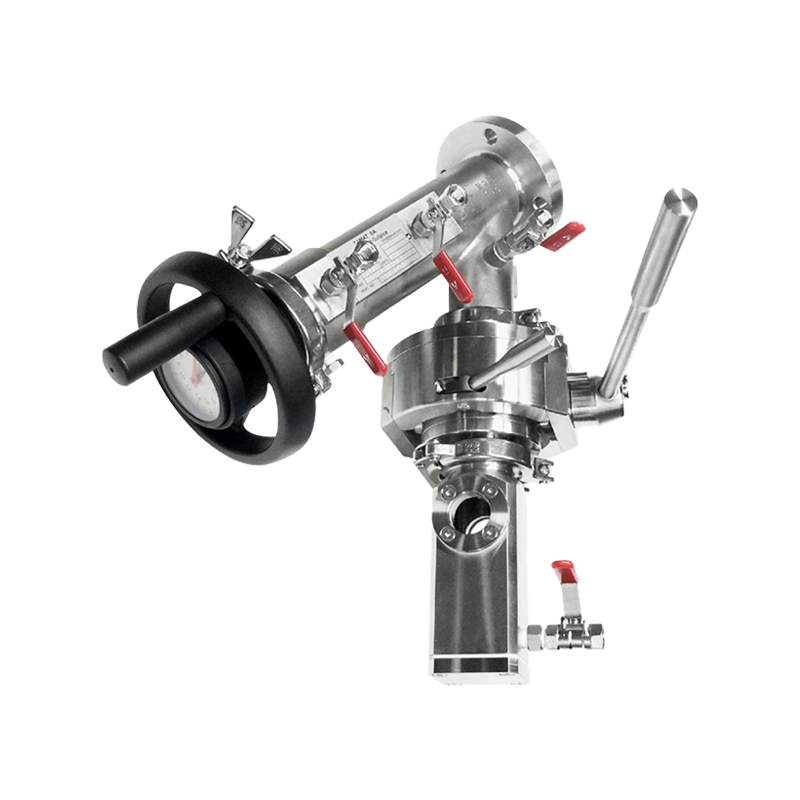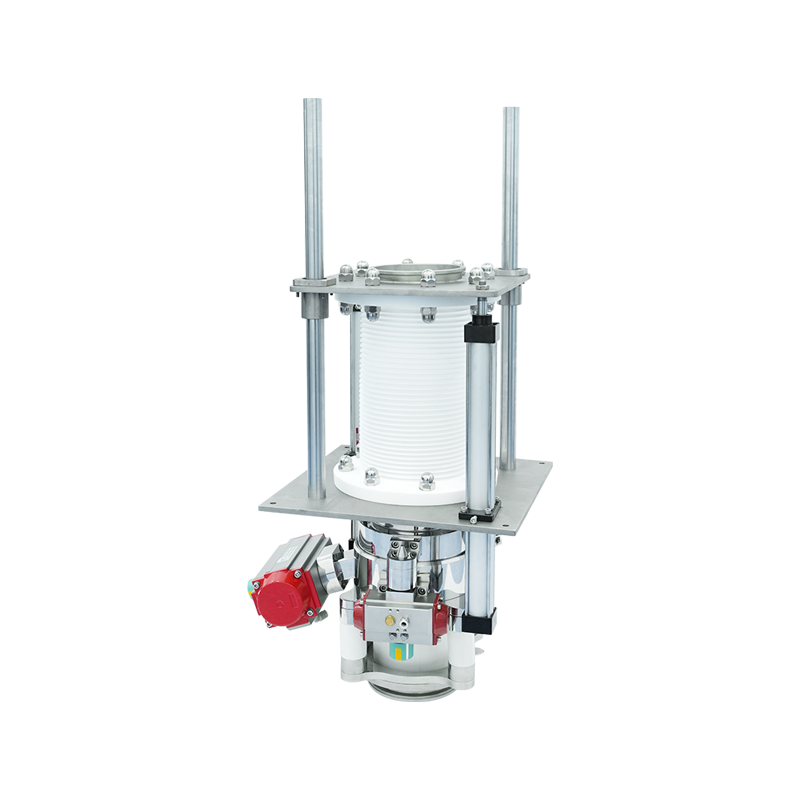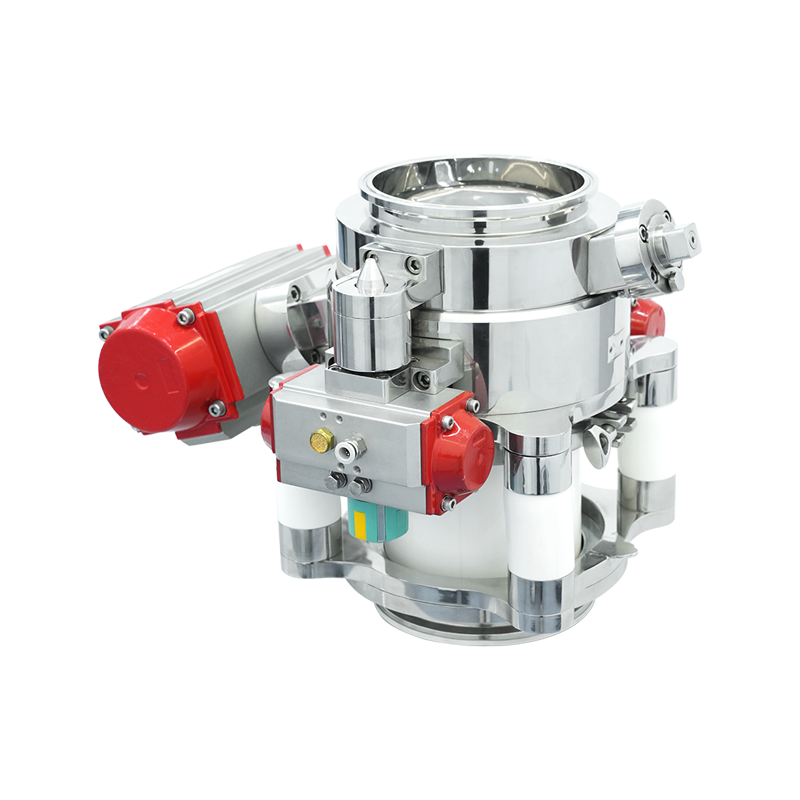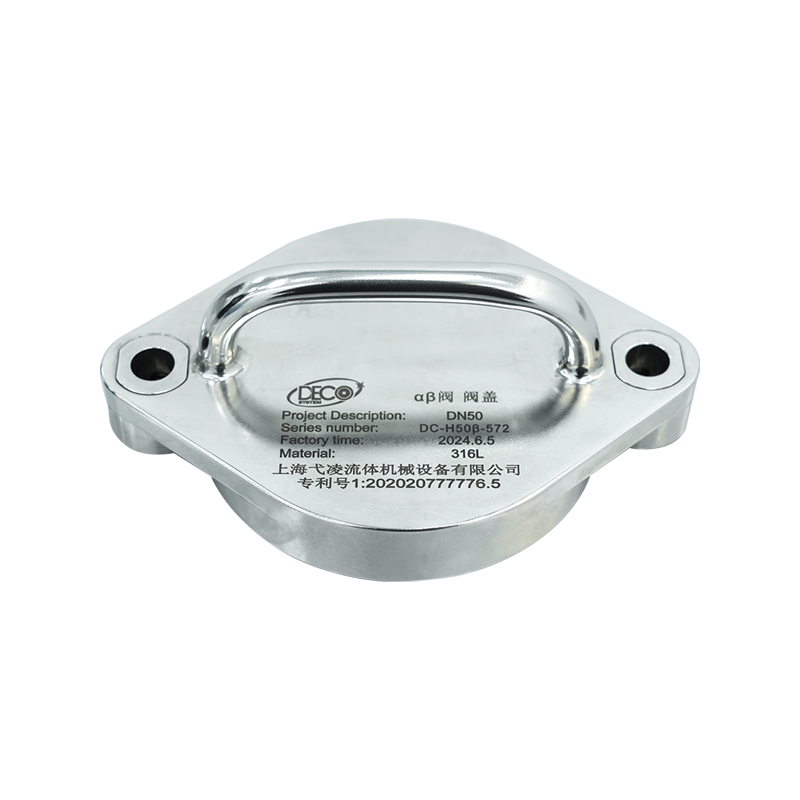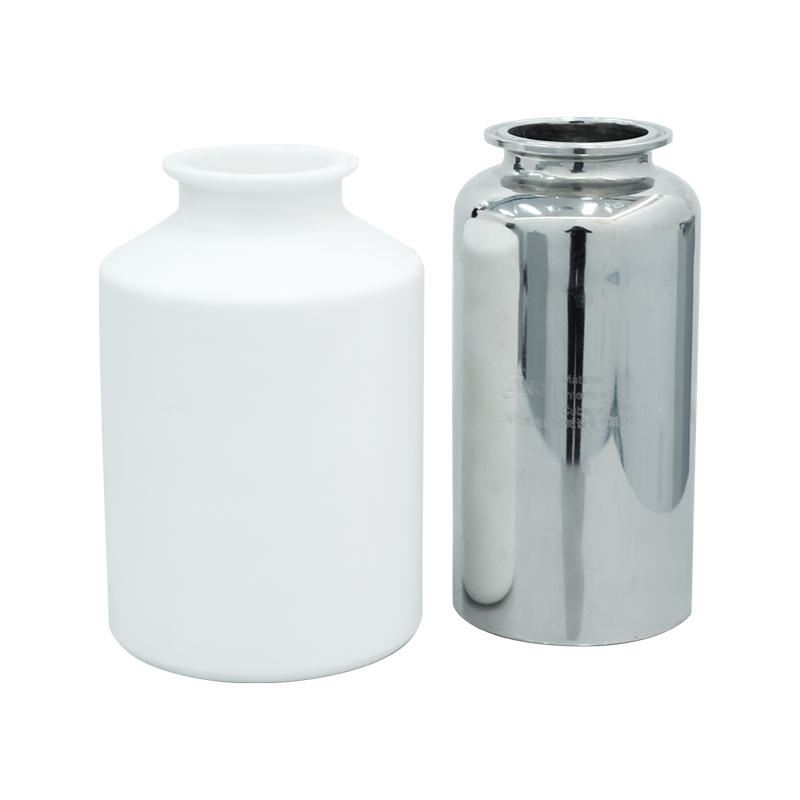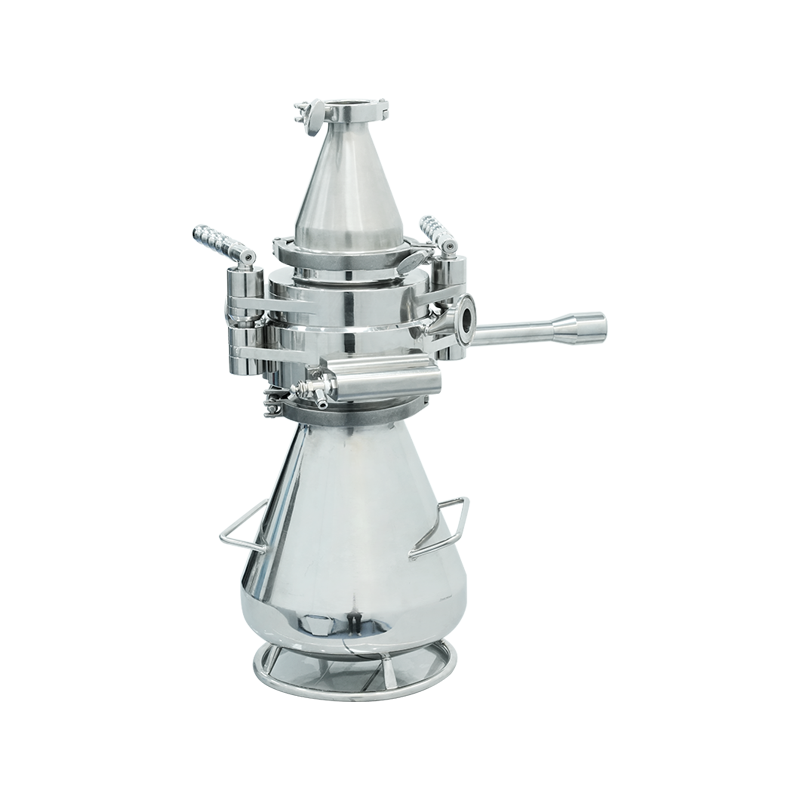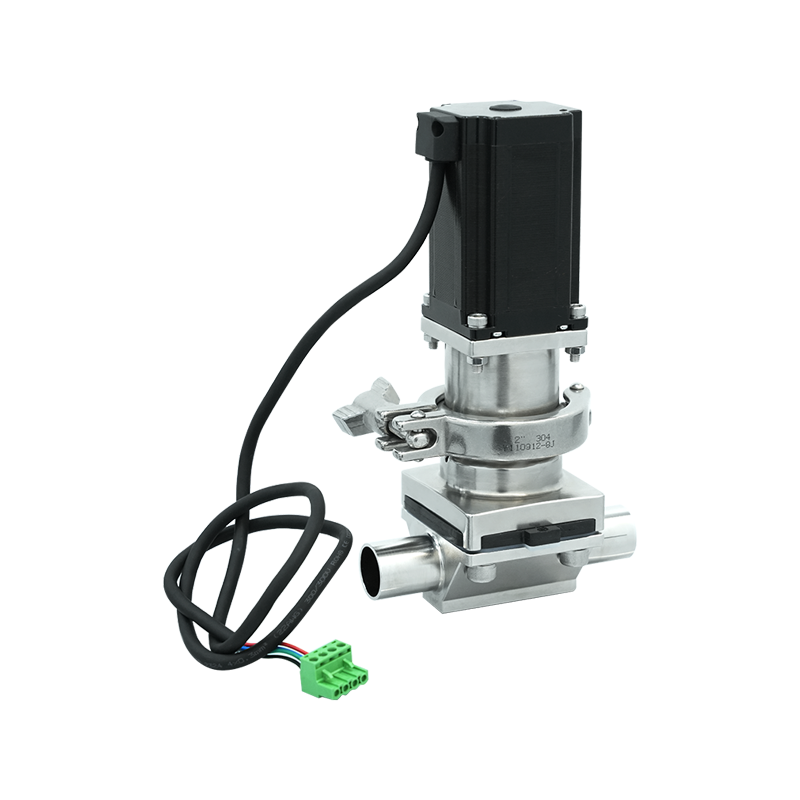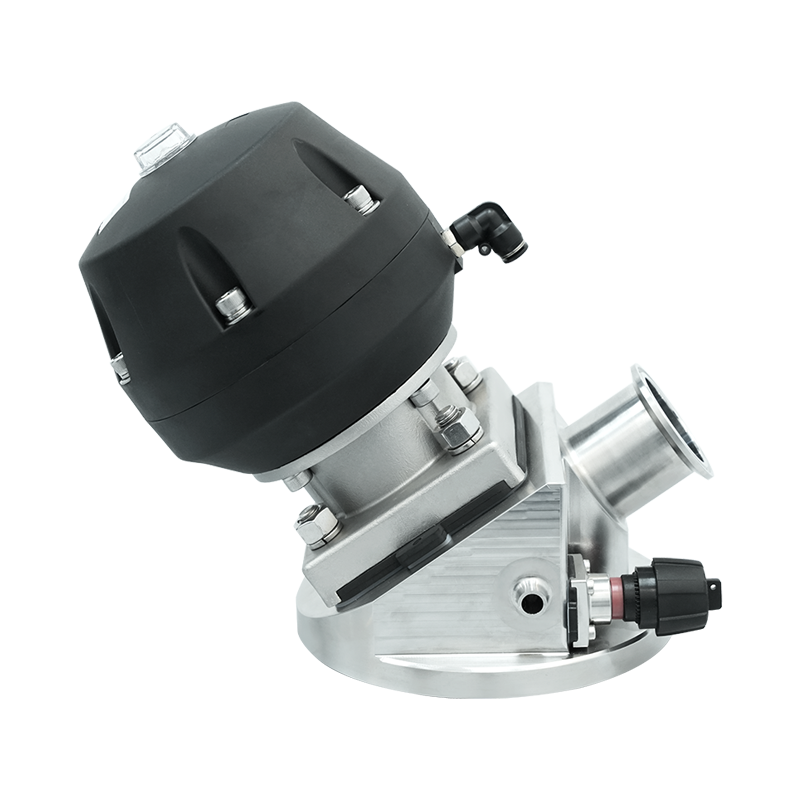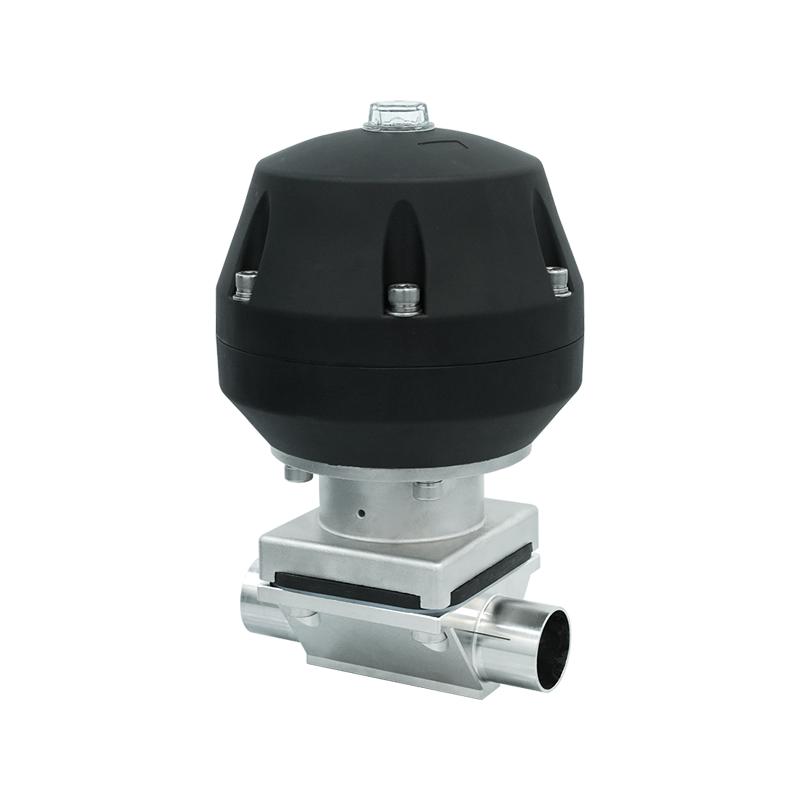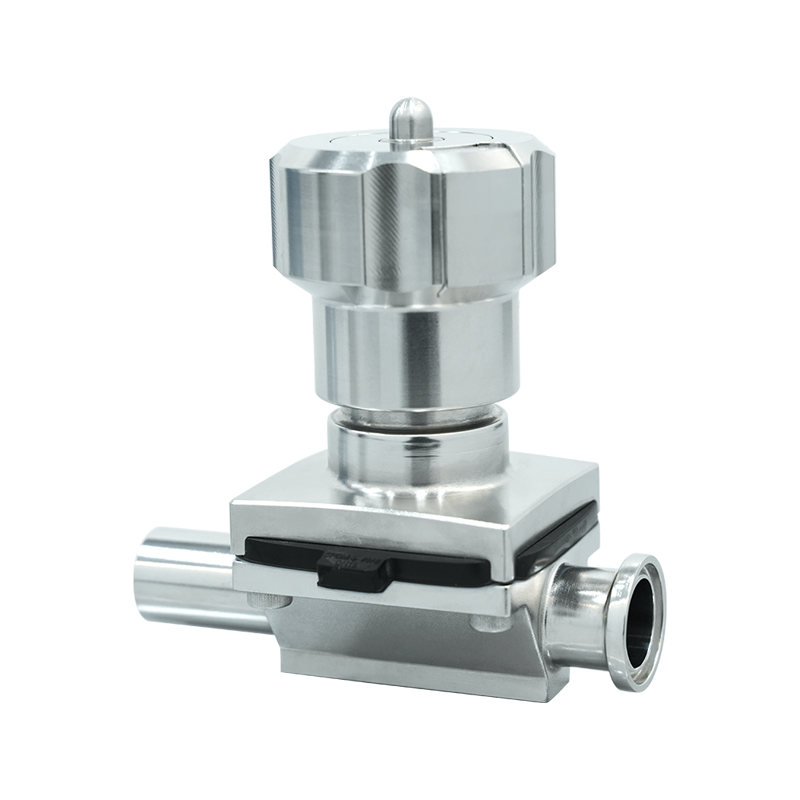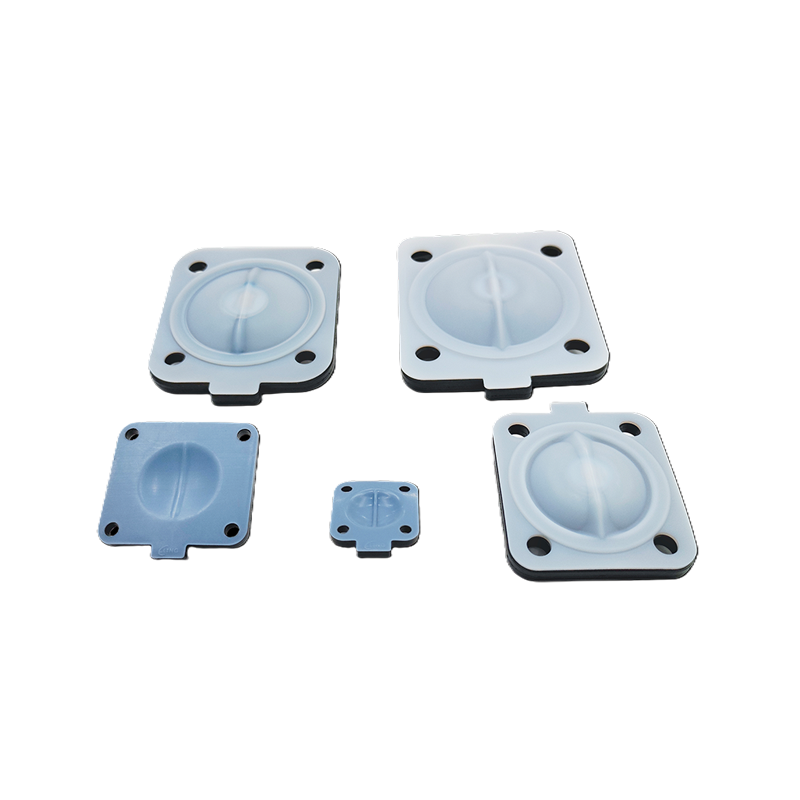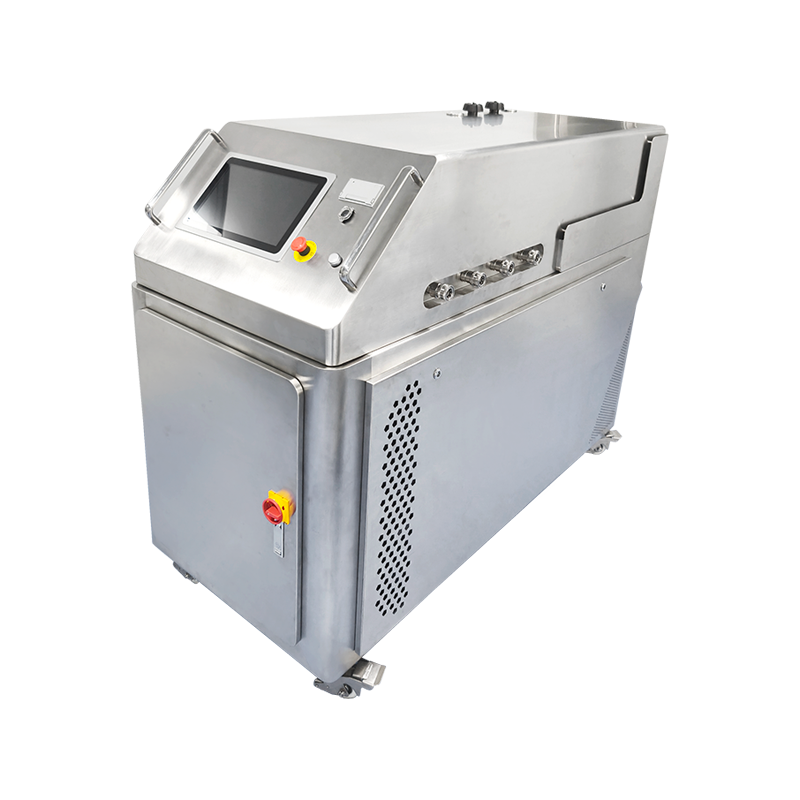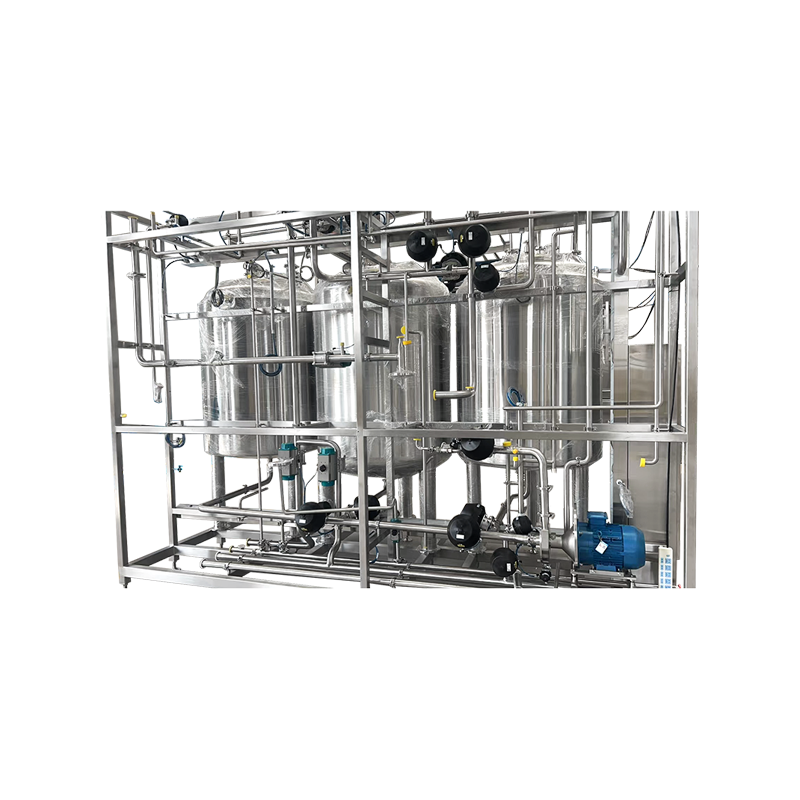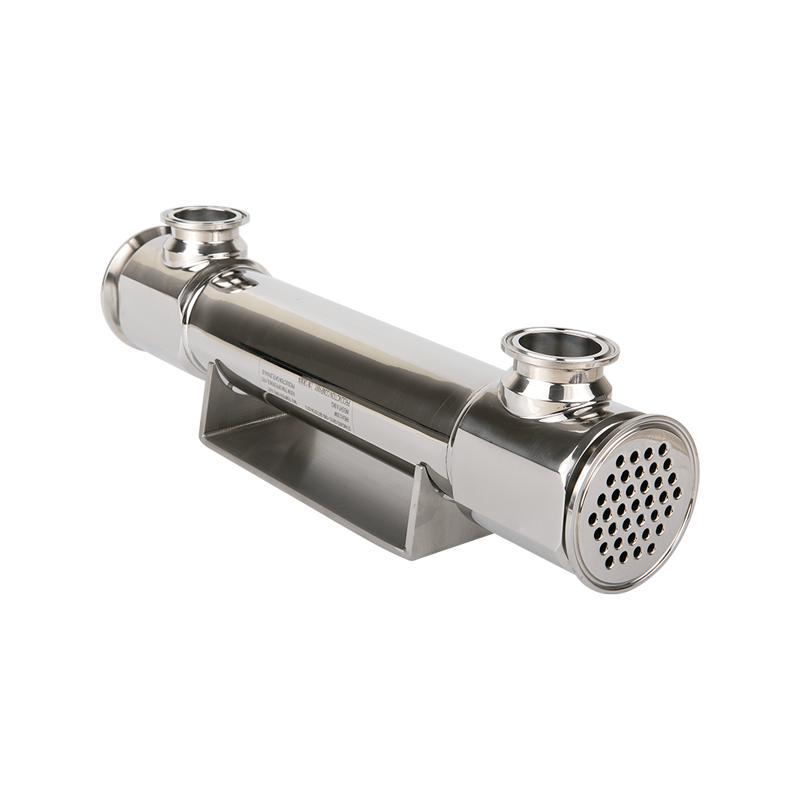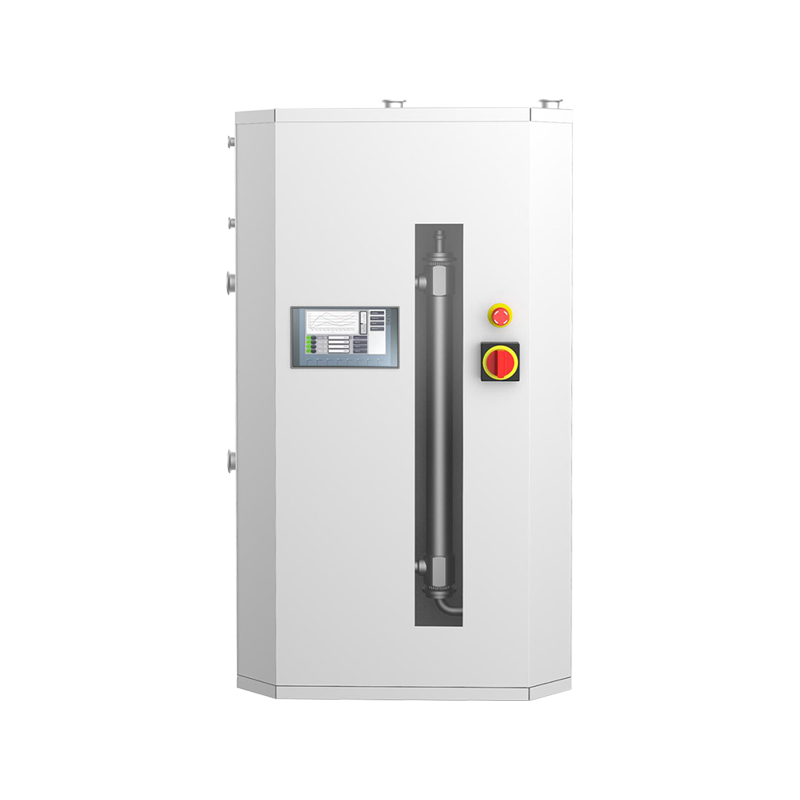In high-purity and aseptic processes, Pharmaceutical Diaphragm Valves face a number of special challenges, which mainly come from the pharmaceutical industry's strict requirements for product purity, safety and process control. The following are the main aspects:
1. Aseptic control
The aseptic process environment requires that the valve must not become a source of microbial growth throughout its use cycle. The diaphragm valve must be designed with a dead-leg structure to reduce the possibility of bacterial growth. At the same time, its materials and structures must be able to withstand high-frequency cleaning and sterilization processes, such as CIP (cleaning in place) and SIP (sterilization in place). If the valve body or diaphragm material is not resistant to high temperature or corrosion, it will be damaged during long-term use, thus affecting the aseptic environment.
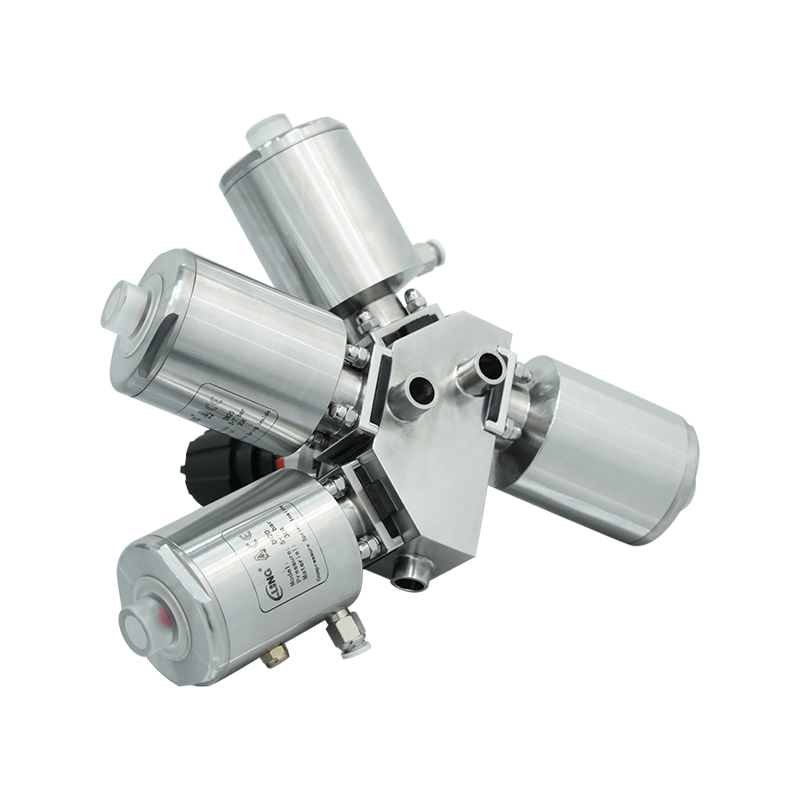
2. High purity requirements
Ultrapure water (WFI), water for injection, active pharmaceutical ingredients, etc. are often used in pharmaceutical processes. These media have extremely high requirements for the cleanliness of the internal surface of the valve. The wetted parts of diaphragm valves usually need to use electropolished stainless steel (such as 316L), and the surface roughness Ra value is usually required to be less than 0.4μm to reduce particulate release and chemical residues. In addition, the sealing diaphragm material must have extremely low extractables and solubles to avoid contamination of drugs.
3. Material compatibility and durability
The diaphragm material in the valve must have good chemical compatibility and be able to resist the corrosion of cleaning agents, disinfectants and production media. Commonly used materials include EPDM, PTFE, TFM, etc., but each material has its physical and chemical stability limitations. Under high temperature, high pressure and frequent operation, fatigue damage to the diaphragm may lead to leakage or contamination risks.
4. Validation and traceability
Under the GMP (Good Manufacturing Practice) system, valves must support validation, calibration and traceability throughout the life cycle. Diaphragm valve components must have complete material certification documents (such as 3.1 certificates), comply with FDA or USP Class VI standards, and support traceable batch number records. In addition, the design must also comply with international standards such as EHEDG and ASME BPE.
5. Automation and process control integration
Modern pharmaceutical facilities are increasingly adopting automated control systems. Diaphragm valves need to integrate automation components such as intelligent positioners and position feedback devices to support precise control, remote monitoring and data recording. This places higher demands on the compactness of the valve structure and the stability of signal transmission, while also ensuring that these additional functions do not interfere with the cleanliness and sealing performance of the valve.
The application of Pharmaceutical Diaphragm Valve in high-purity and aseptic processes must meet the stringent requirements of sterility, cleanliness, corrosion resistance, material safety and system integration. To meet these challenges, valve manufacturers continue to optimize designs, select more advanced materials and introduce intelligent components to ensure the safety, efficiency and controllability of the entire pharmaceutical process chain.






